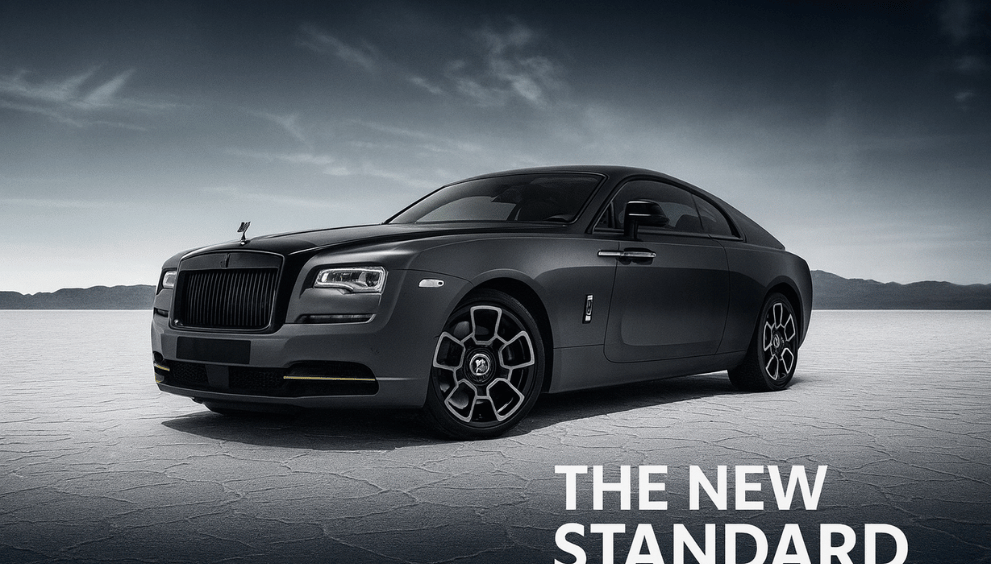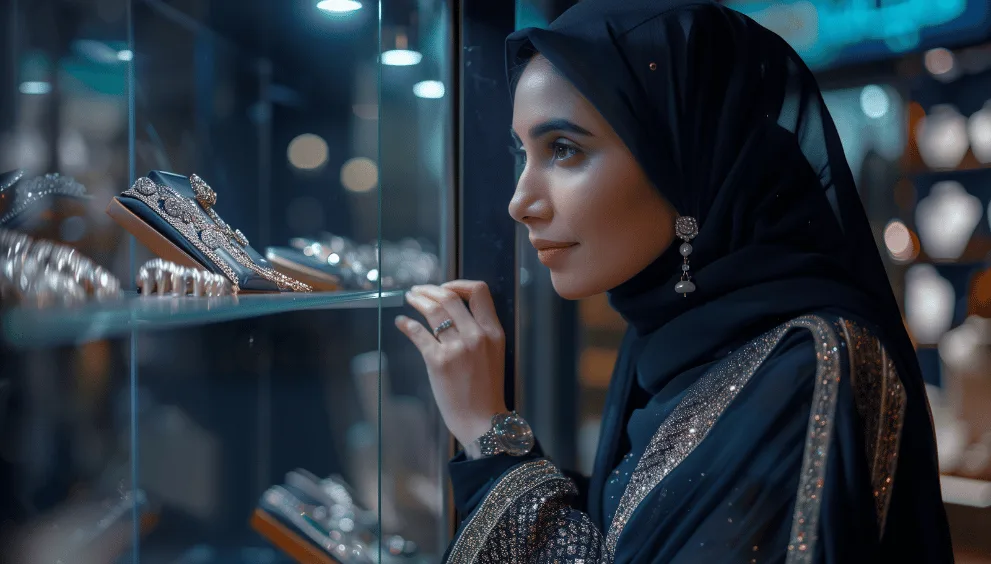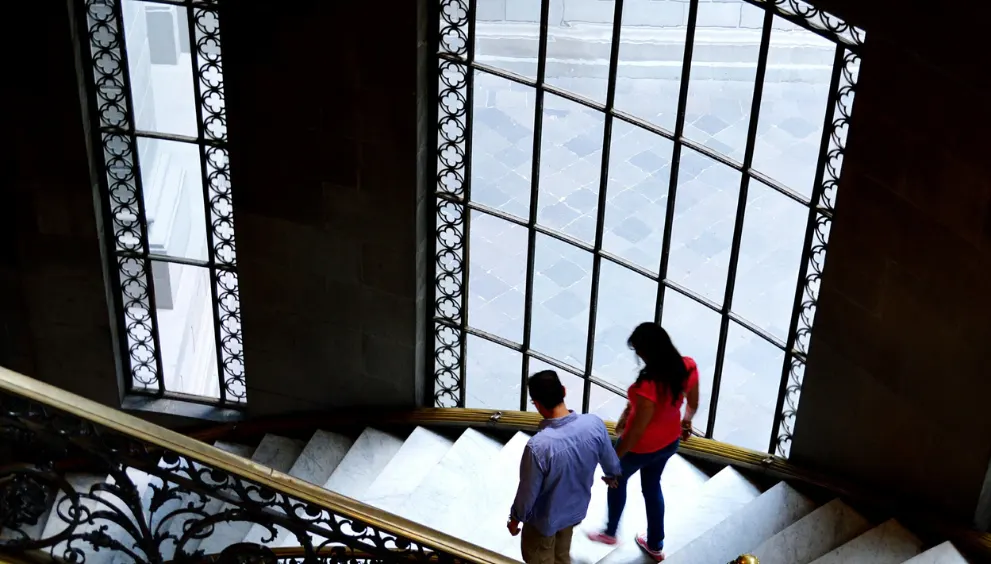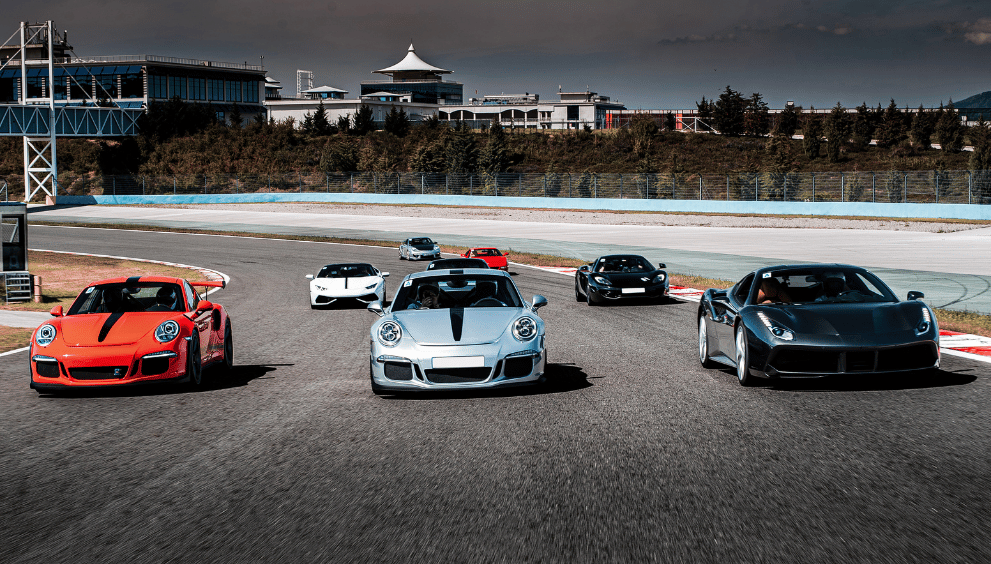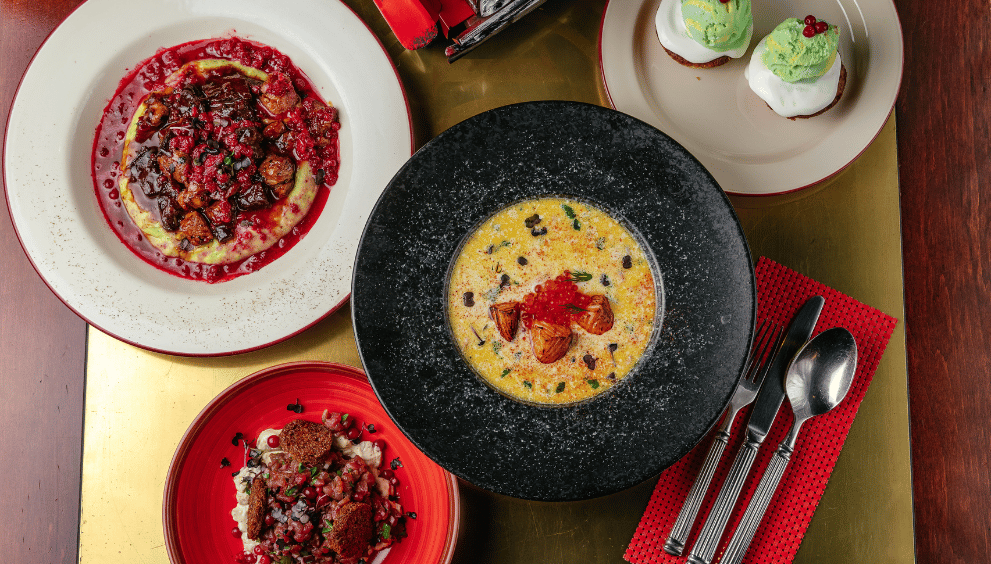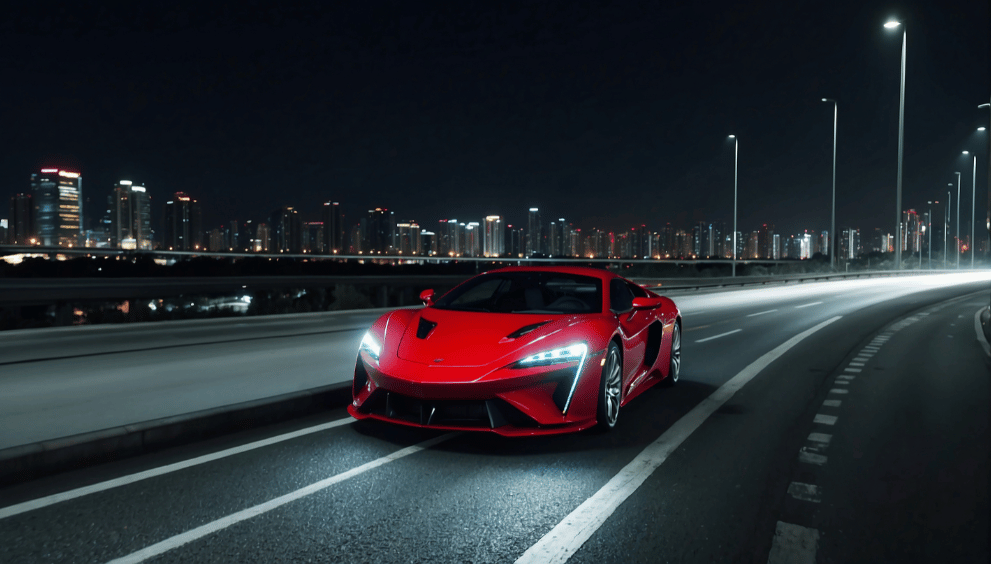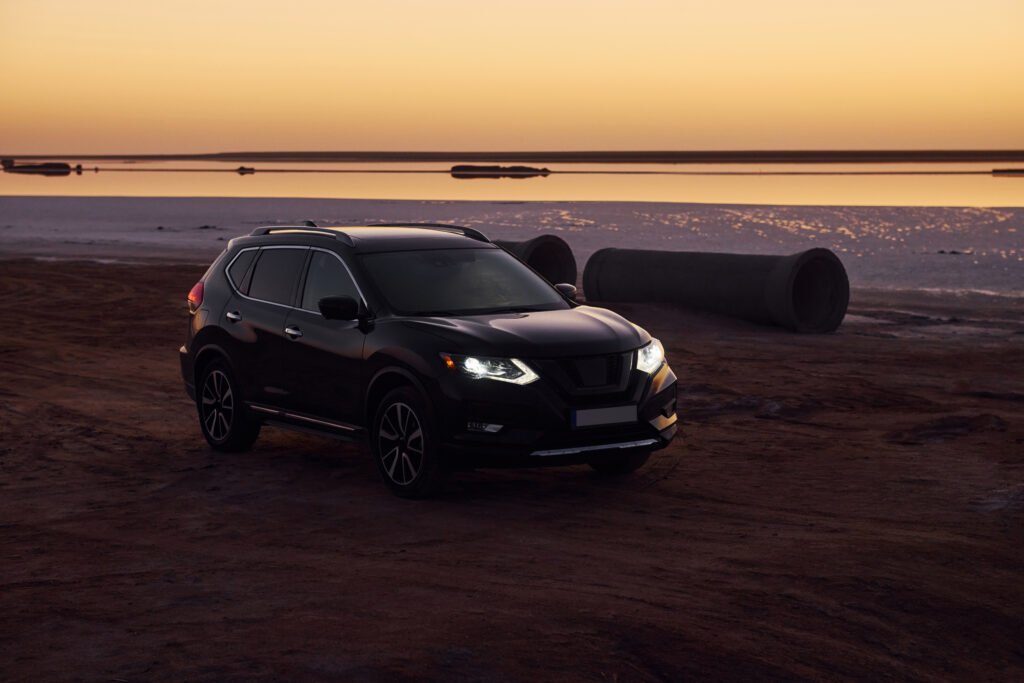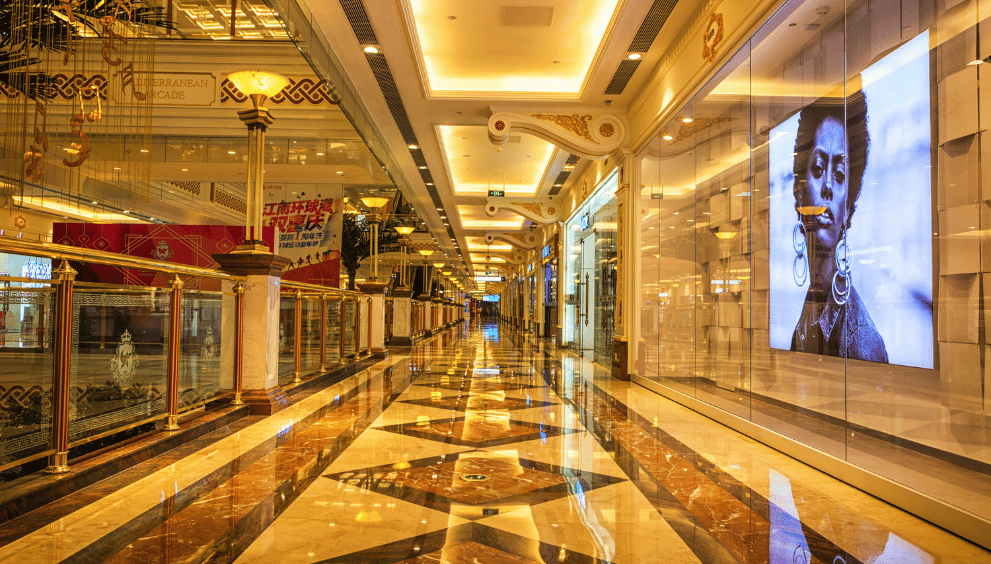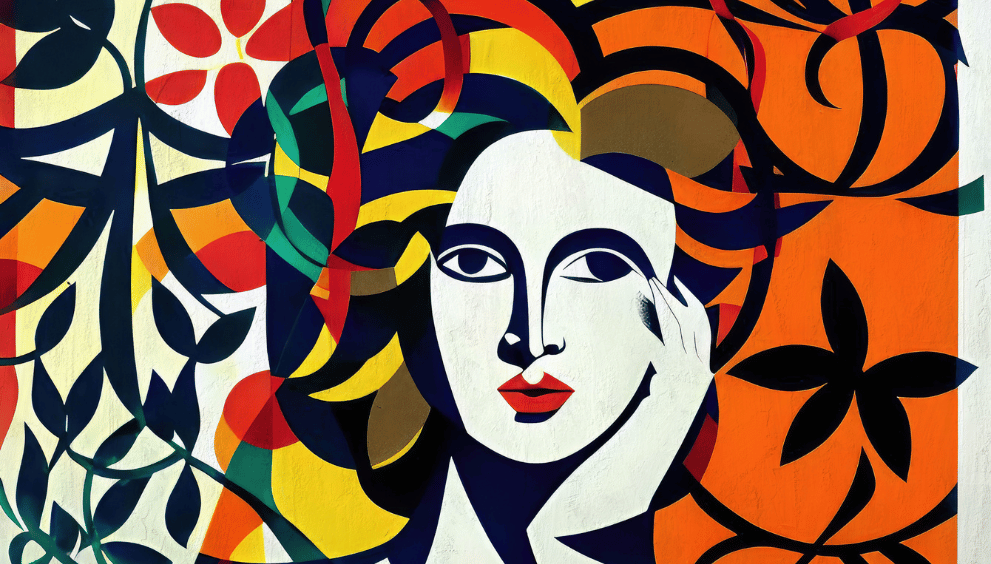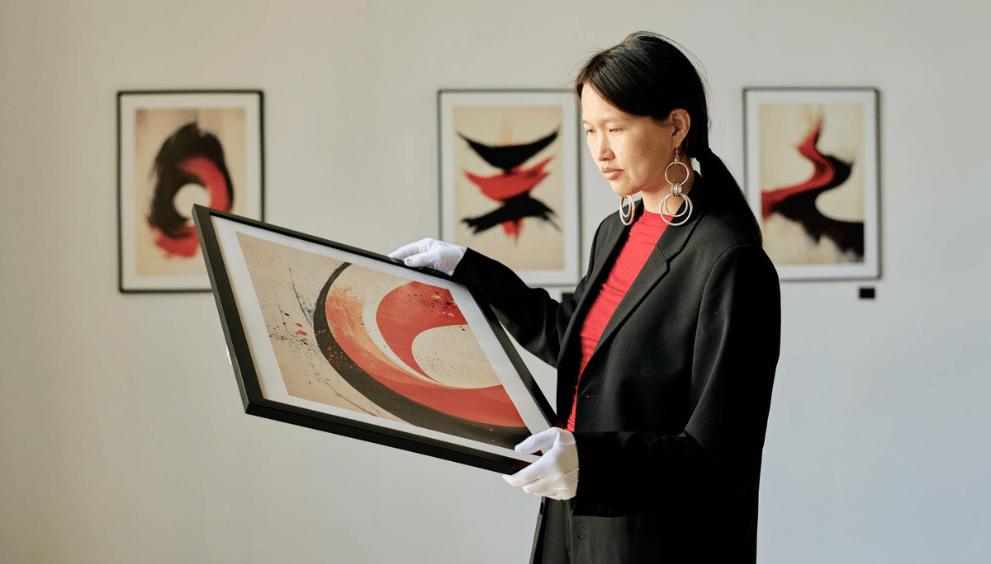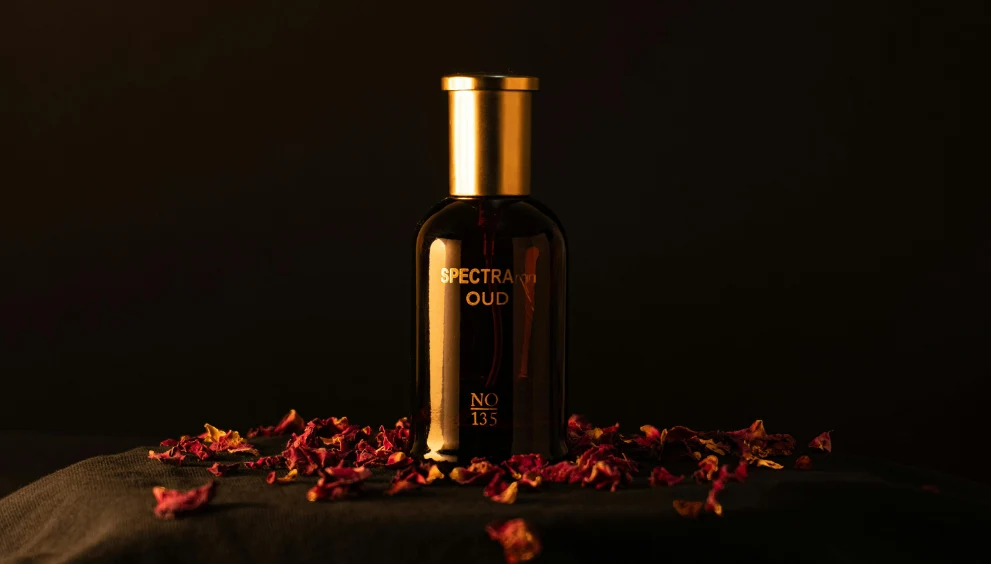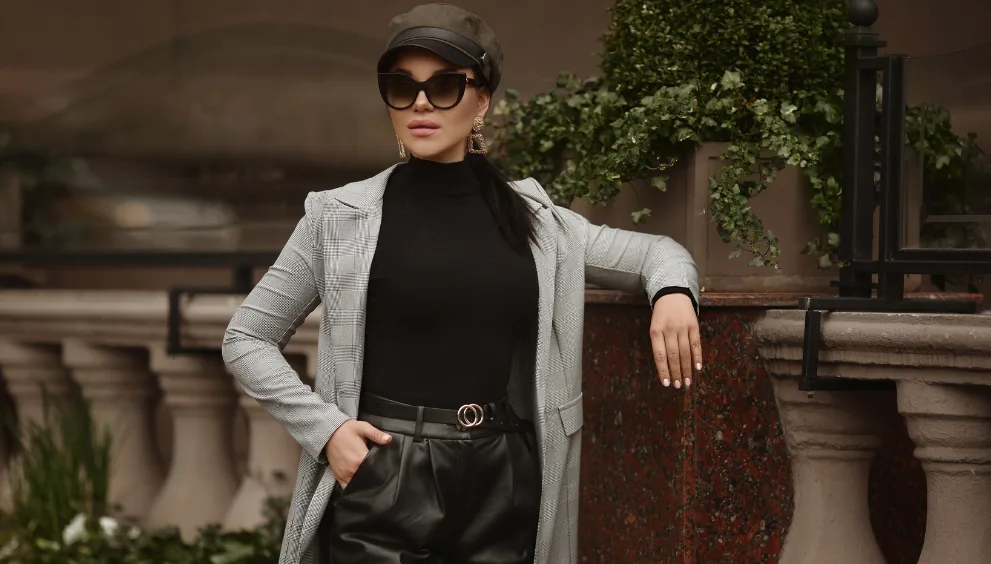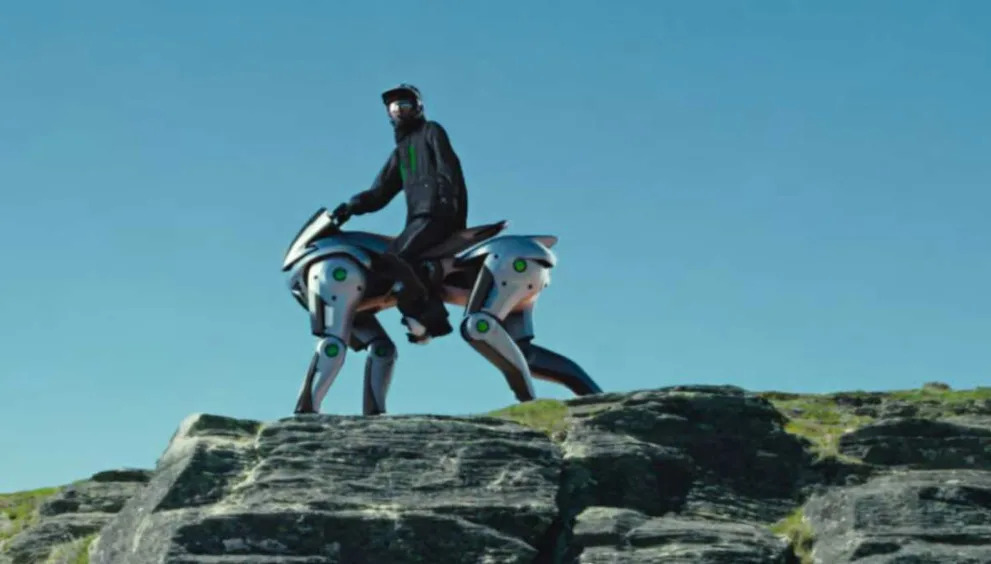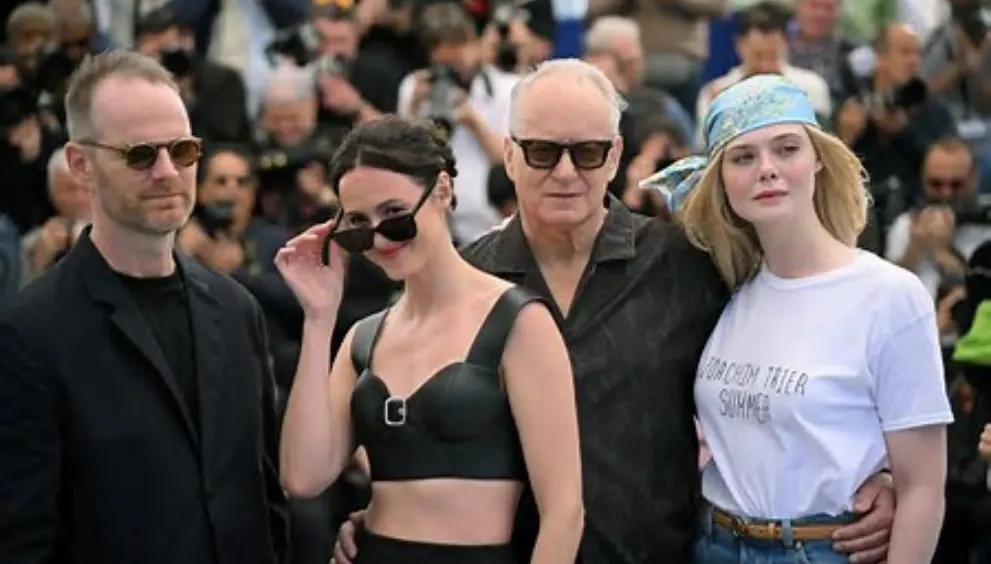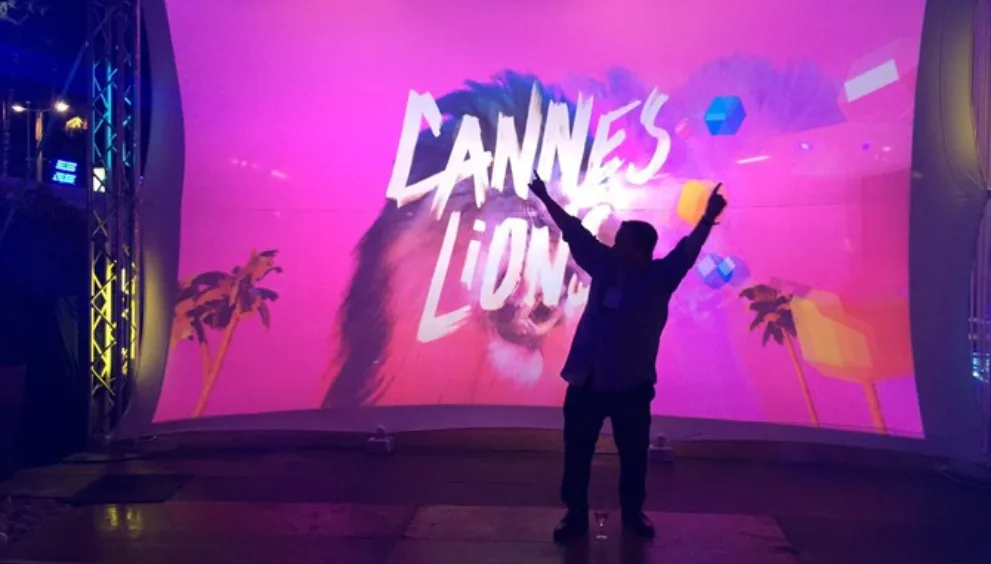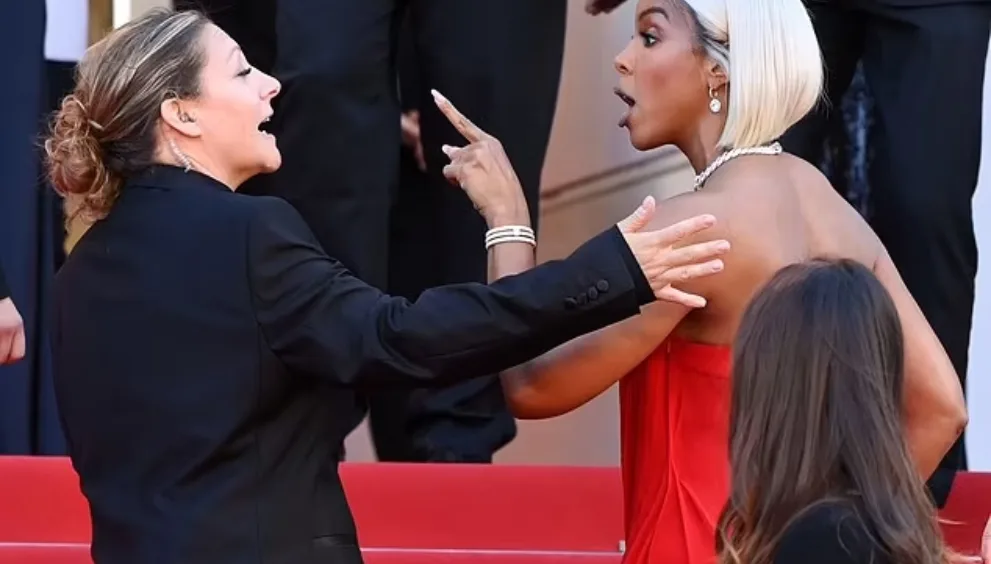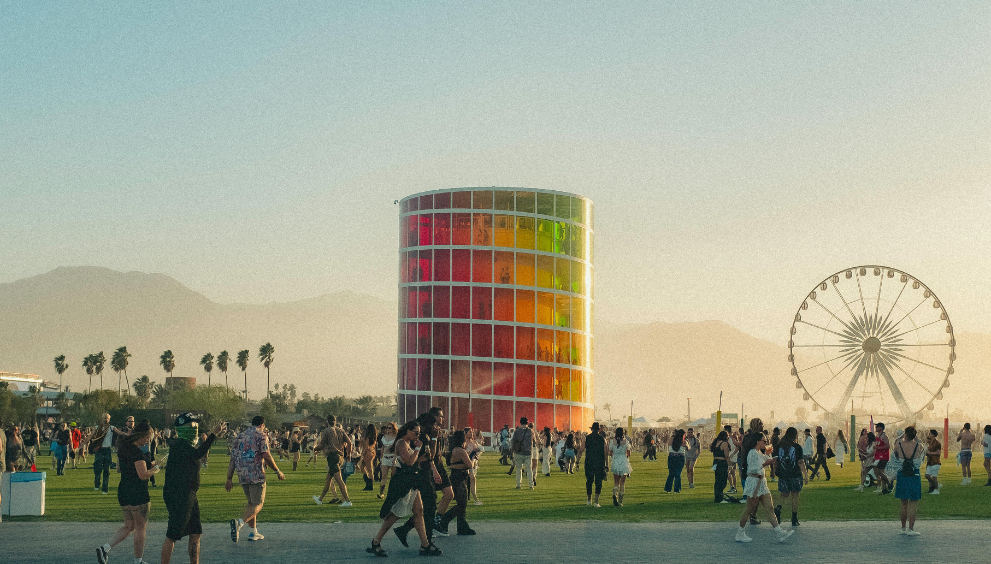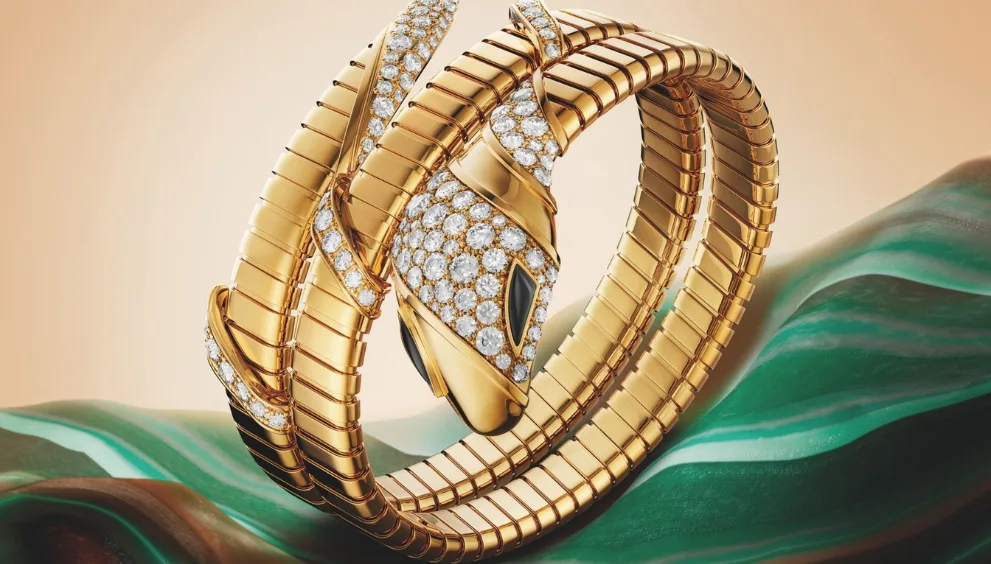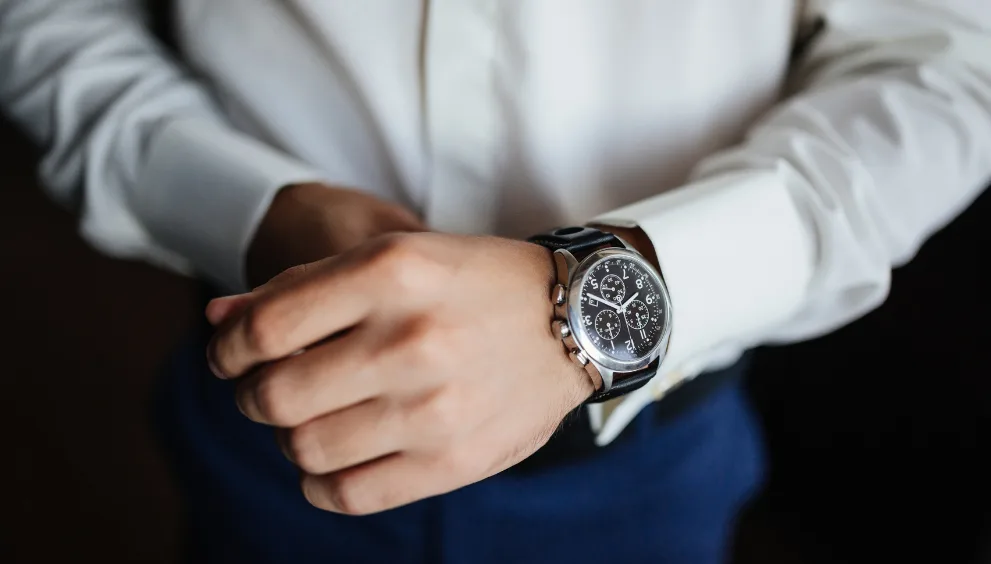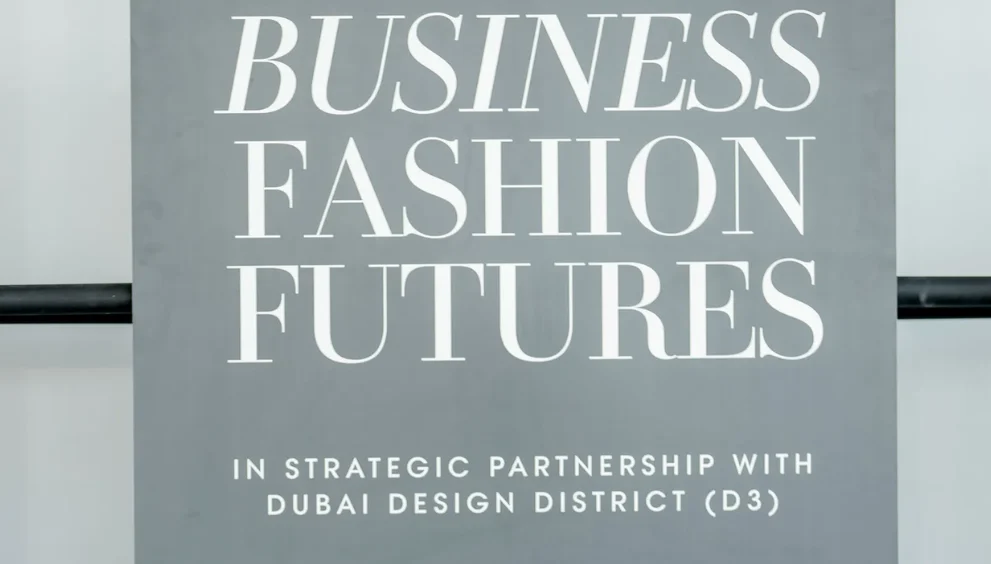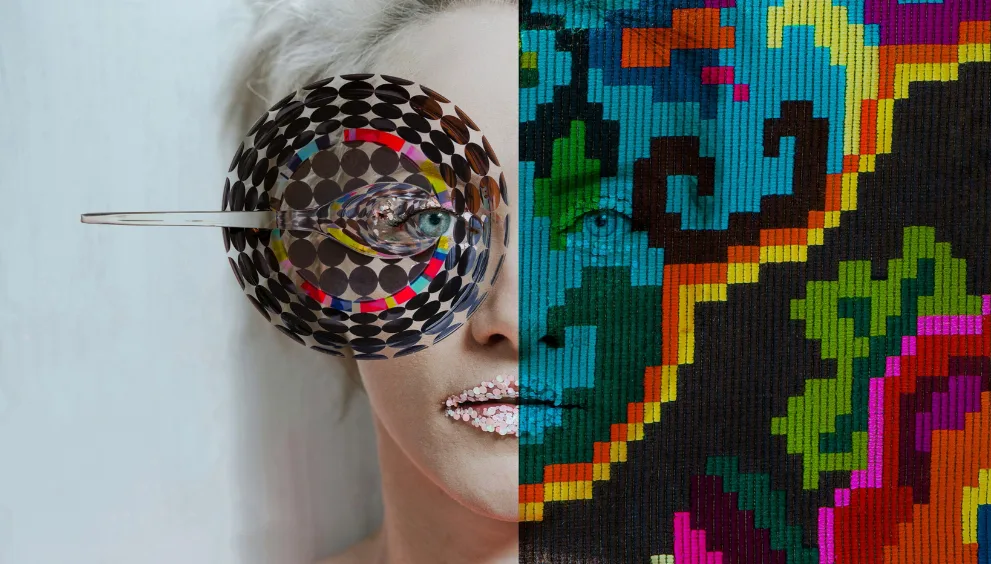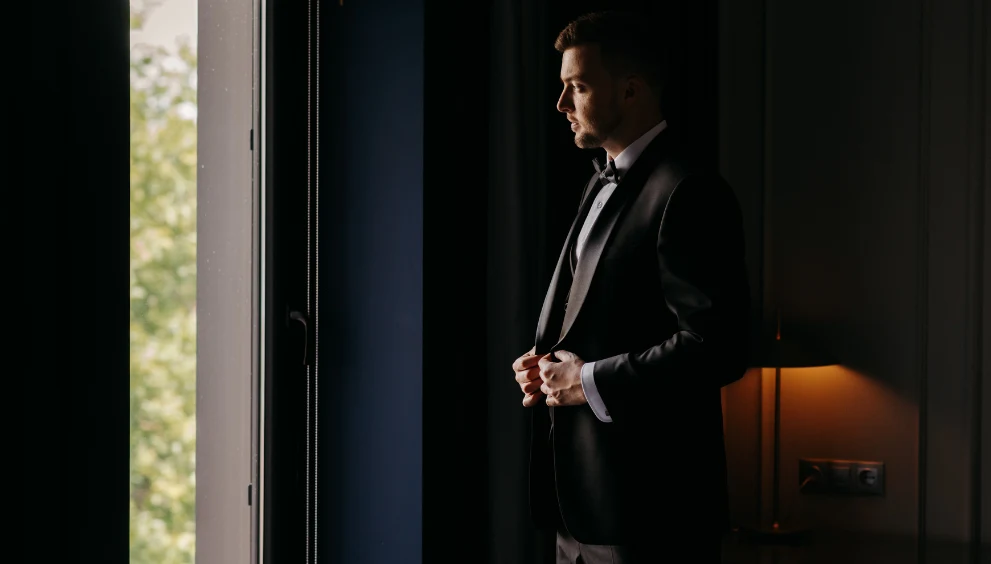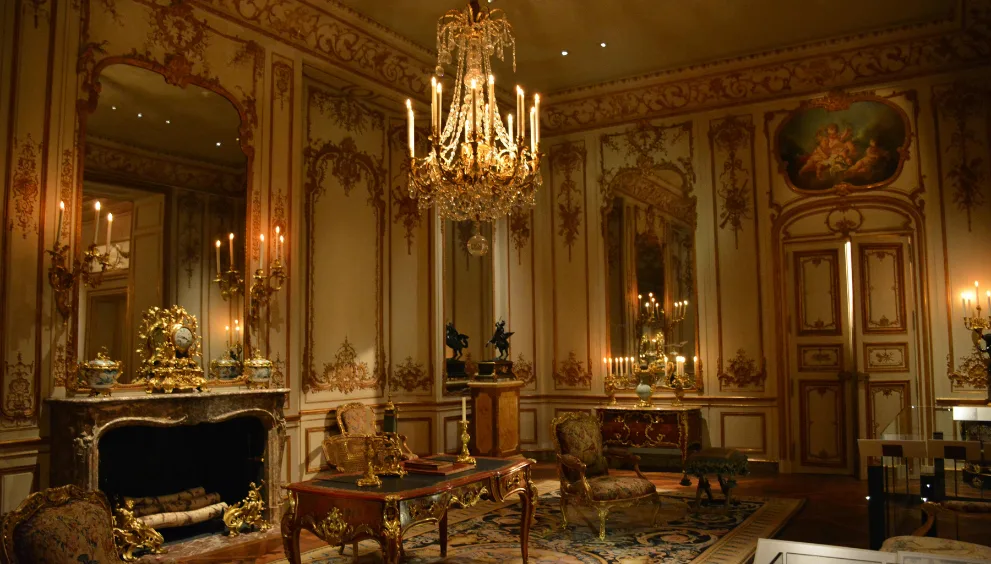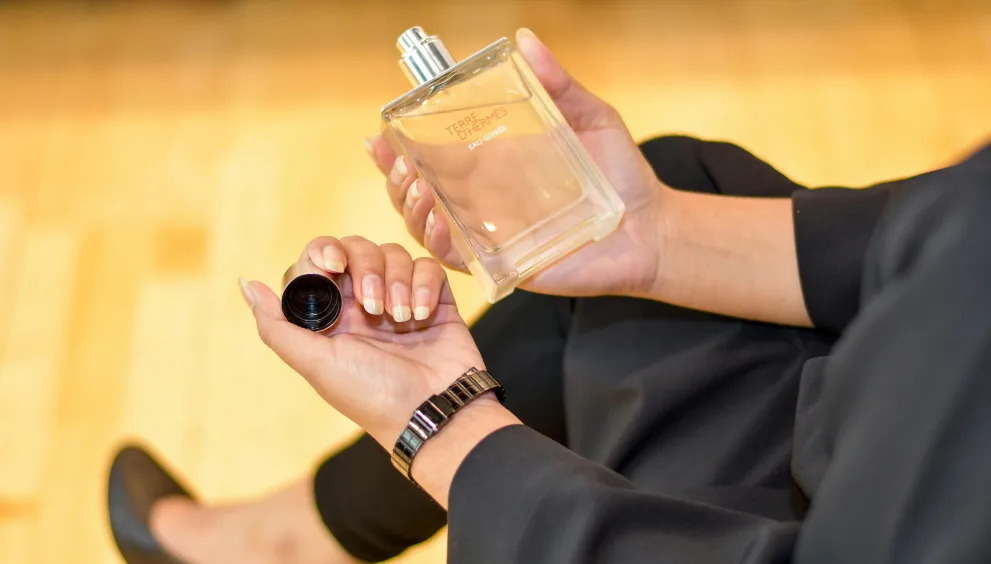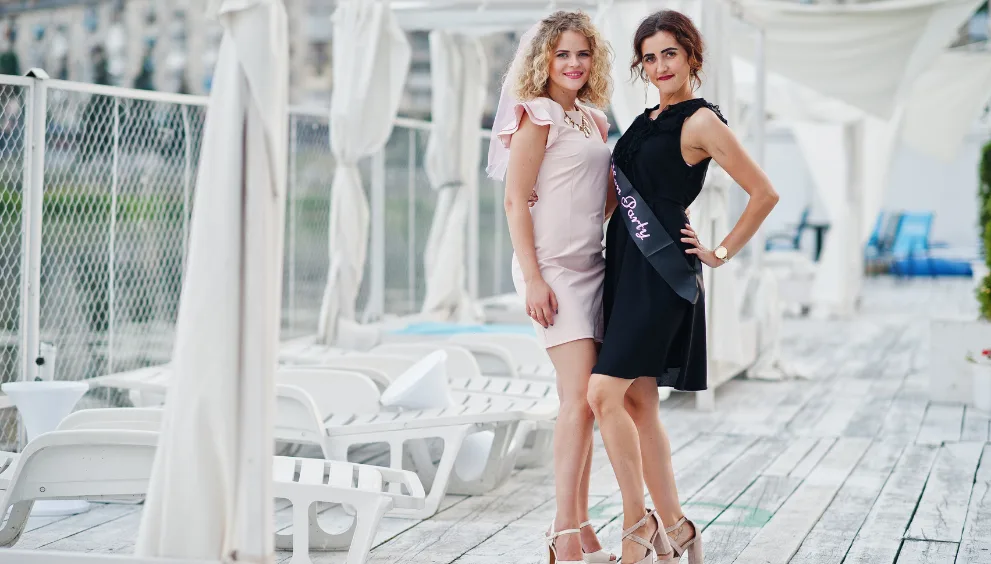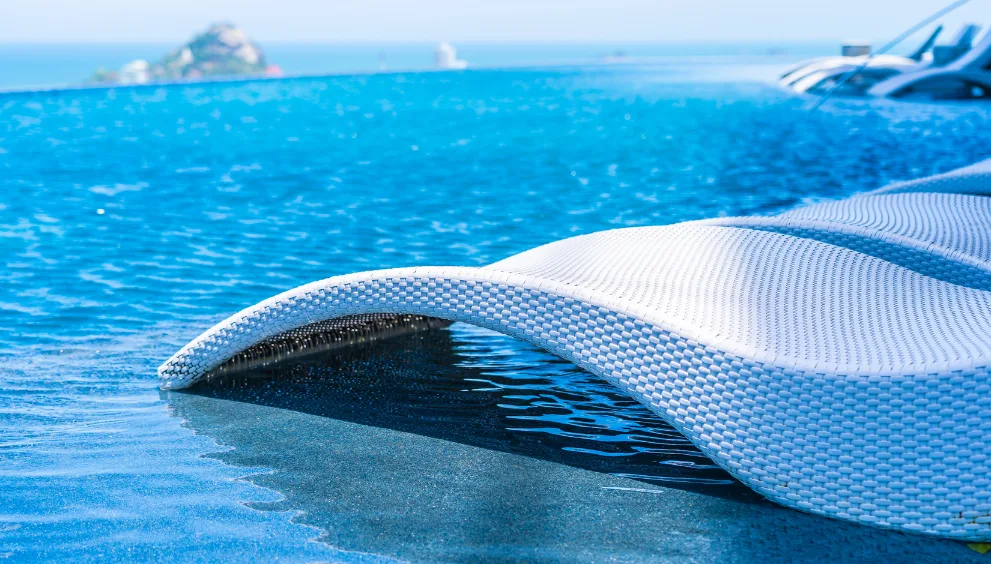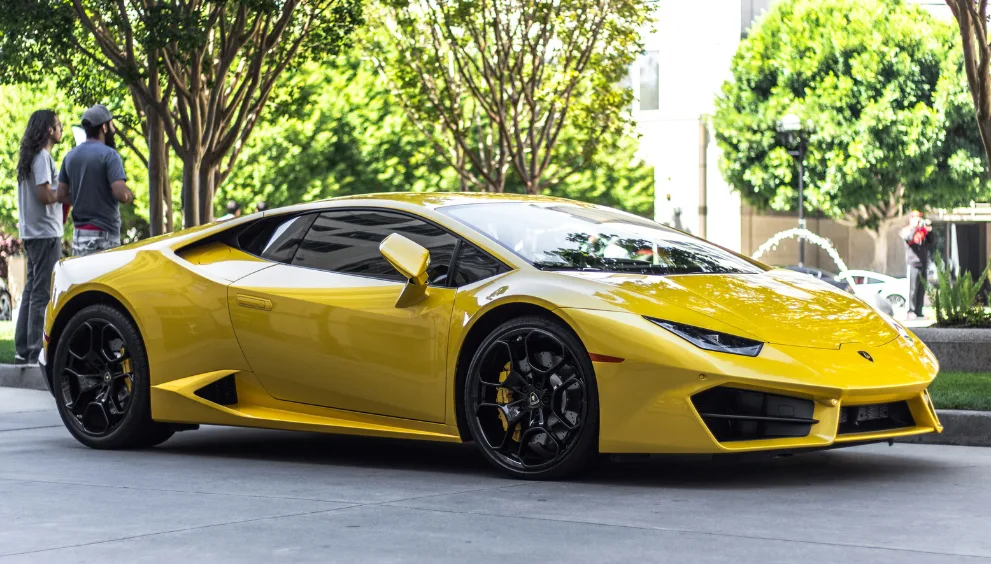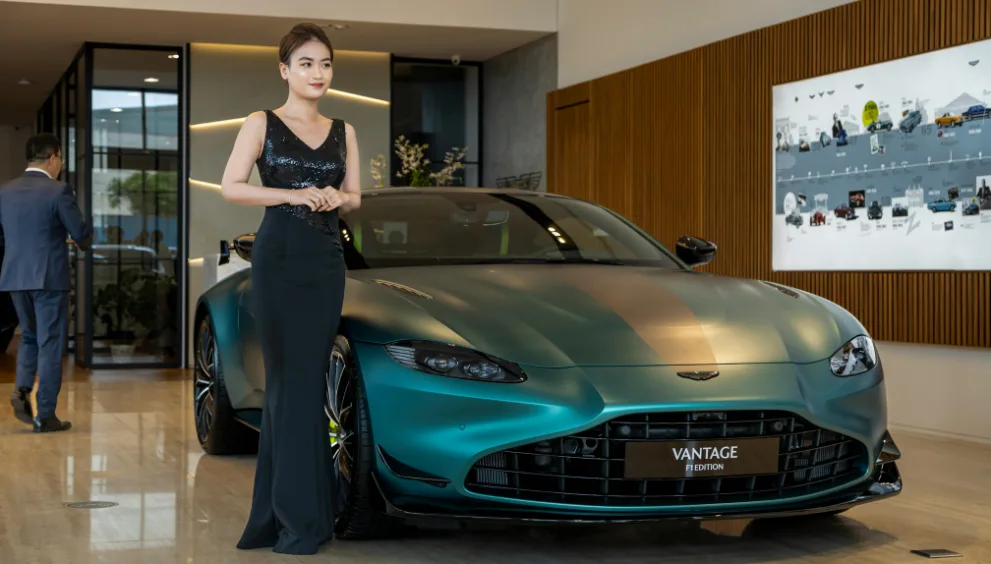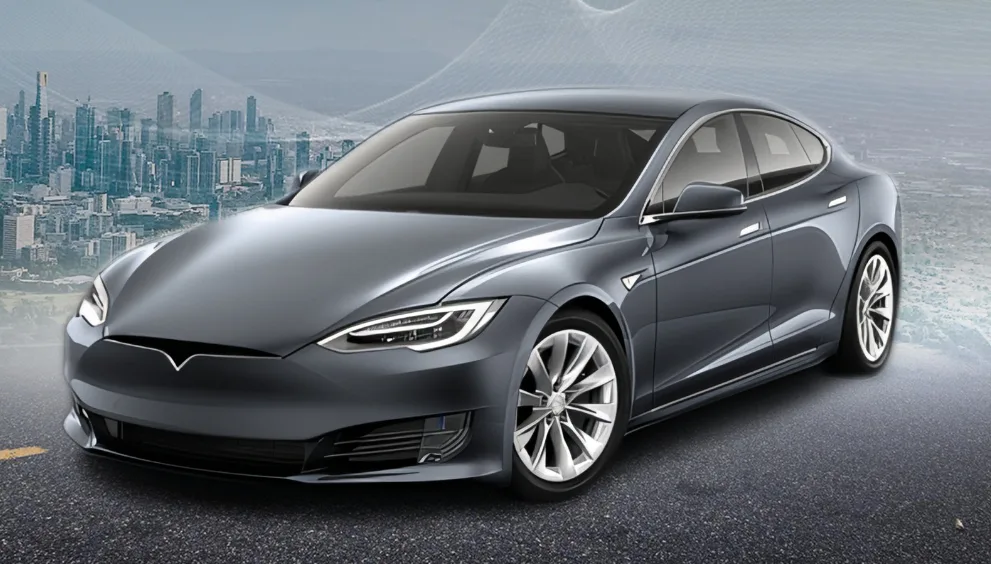Why Gen Z Billionaires Are Investing in 90s & 2000s Fashion

Okay, so you know how we’ve all been seeing those velvety tracksuits, baggy jeans, and butterfly clips – that we saw when we were children – EVERYWHERE lately? Suddenly, it’s like we’re back in time, in our childhood, listening to Justin Bieber songs, playing Angry Birds on the computer, or watching a movie from the Barbie series. But get this – it’s not just a viral TikTok moment.
Gen Z billionaires—the young, ultra-rich crowd who made their millions (or billions) from crypto, startups, content creation, or NFTs—are actually investing in 90s and 2000s fashion. Like, not just wearing it for the vibes, but putting A LOT of money into vintage pieces, resale platforms, and even fashion tech startups that revolve around Y2K style.
Sounds crazy, right? But once you break it down, it makes total sense. Let me tell you why:
It’s About “Emotional Flexing”
Here’s what separates Gen Z from previous generations regarding wealth and style: they’re not into traditional luxury. They’re not here for the quiet, minimalist, old-money look. That’s boring. They’re more into “emotional flexing”. Wearing colourful caps or distressed denim skirts from 2004 says, “I know the references. I’ve got taste. I get the culture.”
It’s not about being rich. It’s about being in the know. And in a world full of AI-generated outfits and mass-market fast fashion, nothing feels cooler than knowing your outfit has a story.
TikTok, Celebs & “The Cool Factor”
You already know TikTok runs the culture right now. And fashion-wise? TikTok has resurrected EVERYTHING – from micro mini skirts to those tiny shoulder bags we all had in middle school.
When celebrities like Kylie Jenner, Bella Hadid, Dua Lipa, or Emma Chamberlain step out in a 2000s fit, the look spreads like wildfire. But Gen Z billionaires are doing more than just copying the trend—they’re buying into it early, investing in brands, and sometimes even launching collabs or new labels with that exact vibe.
In short, they’re the trend-setters.
Hip-Hop & Pop Culture Roots
Let’s not forget—this entire era of fashion was shaped by hip-hop, R&B, and pop culture legends. Think Missy Elliott in Adidas, Aaliyah in baggy jeans and crop tops, or even Nelly’s band-aid look (iconic). Gen Z billionaires, especially the ones who made their names in music or entertainment, grew up idolizing that era. So, of course, they want to pay homage. Rocking these styles is like giving a subtle nod to the artists and culture that influenced them.
And honestly? It looks the coolest.
Rebellion Against Fast Fashion
This one hits hard: fast fashion is kind of dead to a lot of Gen Z. We’ve seen the documentaries, we know the environmental cost, and we’ve all regretted buying from Shein or Zara at least once. Buying vintage from the 90s and 2000s isn’t just a flex—it’s sustainable. It’s a way of saying, “I care about the planet and I look dope.”
So when a Gen Z billionaire rocks a vintage Moschino jacket or thrifted D&G sunglasses, it’s not just about the look. It’s about choosing slow fashion, recycled style, and a smaller carbon footprint. Saving the world, one step at a time.
The Fashion-Tech Crossover Is Real
What’s even cooler? Some of these Gen Z billionaires aren’t just buying the clothes—they’re building the infrastructure around them.
I’m talking about apps that let you create a 2000s-inspired digital closet, AI tools that suggest vintage outfit combos, and resale platforms that specialize in curated retro looks. Some are even diving into fashion NFTs (yes, digital Juicy Couture exists now), where people can collect or sell rare Y2K items in the metaverse.
They’re not just in love with the aesthetic—they’re building tech around it. Which is such a Gen Z thing to do, honestly.
Vintage = Cool AND Valuable
Here’s the deal: vintage fashion is no longer just cool, it’s literally valuable. Like, financially.
Some of these Gen Z billionaires are dropping cash on rare early-2000s designer pieces—like archive Dior, OG FUBU, or limited-edition Baby Phat. But they’re not doing it just to flex (okay, maybe a little). They’re treating these pieces like art or real estate. It’s an investment.
Platforms like Grailed and TheRealReal have made vintage resale super easy and profitable. So if you buy a rare Marc Jacobs Y2K piece now, you might actually sell it for more later. It’s like stocks, but stylish.
Nostalgia Hits Different
Nostalgia is having a major moment. And honestly, it makes sense. We’re living in a super chaotic world—politics, climate crisis, post-pandemic everything—and sometimes, looking back feels safer than looking forward.
For Gen Z (even the billionaire ones), the 90s and early 2000s are that comfort zone. Whether it’s Paris Hilton in a rhinestone tank, Destiny’s Child in matching low-rise jeans, or old-school Nike sneakers, these are the things we remember from our early years—even if we were five years old at the time.
Now that they’ve got the money, they are buying their childhood back. But in a high-end, curated, I-own-this-brand-now kind of way.
So, What’s the Bottom Line?
Gen Z billionaires aren’t just buying old clothes—they’re changing the scene. They’re taking the style that raised them and flipping it into something profitable, meaningful, and totally on-brand for their generation.
Nostalgia, sustainability, culture, tech—this trend checks every box. And honestly? We are here for it.
So next time you see someone wearing a rhinestone “Drama Queen” tee with low-rise jeans, don’t write it off. That fit might be worth more than your crypto portfolio.



